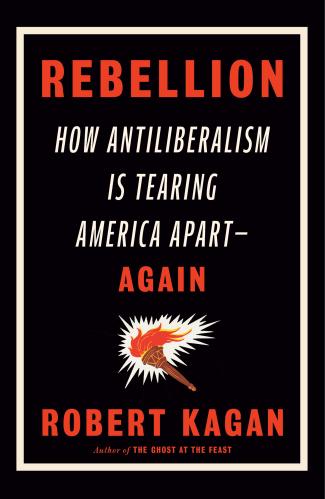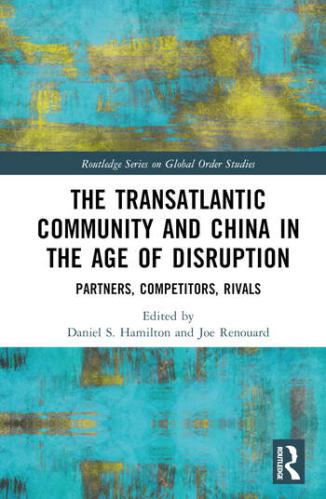A U.S. election of enormous significance happened early in the month of November, and from that event Americans—and the world—learned a lot about themselves and the new political reality. Here are some highlights of what we learned in this tumultuous month about both the election and other topics:
1. Donald Trump out-performed Mitt Romney in counties with the highest levels of premature mortality
Richard Reeves’ analysis of data from the six states that went from Democratic to Republican in the recent election—Florida, Iowa, Michigan, Ohio, Pennsylvania, and Wisconsin—suggests that trends in mortality, life expectancy, suicide, and opioid use (the “malaise of white middle America”), more than economic woes, drove voters to Donald Trump.
2. Republicans won 49.9 percent of votes cast for Congress this year, but received 55.2 percent of seats
This vote share trend, explains Molly Reynolds, is actually in line with recent history for both political parties and, in fact, the Republican edge of 5.3 percentage points “is right in line with the historical average.”
3. The number of jobs required to generate $1 million in manufacturing output has steadily declined in the U.S.
Mark Muro and Sifan Liu present data that show that in 1980 it took 25 jobs to generate $1 million in manufacturing output in the U.S., whereas today it takes 6.5 jobs to generate that amount. Because of increased productivity, they note, manufacturing output has risen while jobs have declined, which fact will be a challenge for President-elect Trump’s plans to bring back manufacturing jobs.
4. Between 2009 and 2014, the US spent an average of $275 million per year to train and equip allied governments and militias to help fight terrorists
Daniel Byman notes that while this training figure more than doubled in 2015, and includes counterterrorism cooperation in countries like Iraq, Jordan, and Ethiopia, failure is very common. He concludes that such programs “can supplement efforts to fight terrorists, but are not sufficient on their own.”
5. The average share of non-institutionalized US adults aged 18-64 not in the labor force is 23%
This share of prime-working age adults not in the labor force (i.e., not employed or not classified as “unemployed”) varies across metro areas, from 36% in Detroit to as low as 14% near Kansas City. Martha Ross and Natalie Holmes explain why understanding these regional variation patterns is “Critical for sustaining local economic growth” and ensuring that growth is widely shared.
6. Tax cuts on high-income earners have not, historically, improved economic growth
Bill Gale reviews the record on “supply-side” economics, such as the Reagan and Bush (43) tax cuts, and finds no evidence that these caused economic growth. Gale argues that “the next president should focus on building economic capacity with new investments in infrastructure, research and development (R&D), education, and anti-poverty programs.
7. Romania has one of the fastest and cheapest internet connections in the world
Johannes Linn tracks the progress made by Romania over the last 25 years, since the World Bank opened a country office there in 1991. He notes that the country is “representative—and points the way—for the middle-income countries trying to climb the ladder to high income prosperity.”
8. The Trans-Pacific Partnership would produce net economic gains in the U.S. estimated between $57 billion and $131 billion a year
Josh Meltzer reviews policy options in the trade arena for the incoming Trump administration, and notes that withdrawing from the TPP, as President-elect Trump has said he would do, “will limit his negotiating options, reduce the effectiveness of his other trade goals, and ultimately dampen U.S. growth.”
9. After Canada, the US exports more to Mexico than to any other country
Mexico is also the third largest supplier of U.S. imports. Vanda Felbab-Brown examines the U.S.-Mexico relationship in terms of the strong trading partnership but also other areas, including environmental and anti-corruption cooperation that could be undermined by protectionist measures.
10. America’s top 100 metropolitan areas contain two-thirds of the population and generate three-quarters of the GDP
Bruce Katz argues that when metro areas succeed, so too does the country. He notes how a “New American Localism” has emerged, and how in the coming era of politics, cities and metro areas are even more critical for competitiveness, social mobility, tackling climate change, and integrating immigrants.




Commentary
10 things we learned at Brookings in November
November 30, 2016